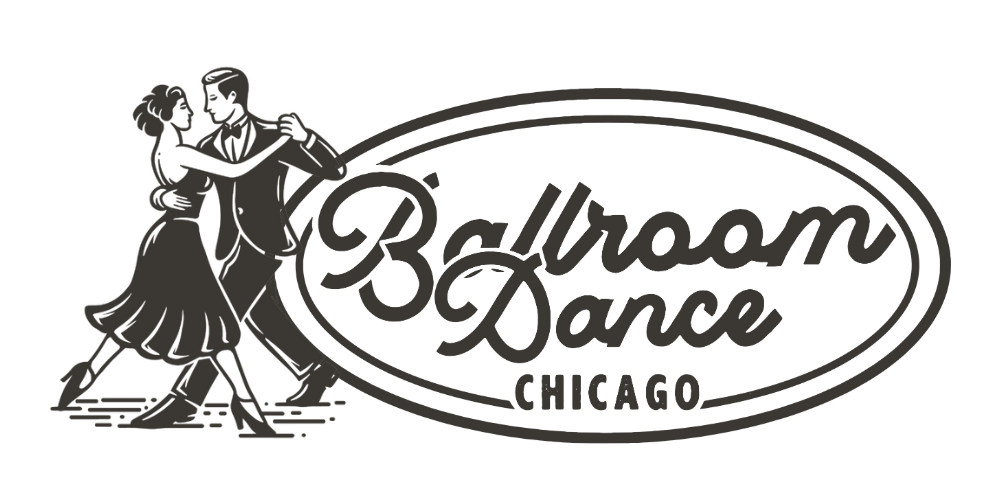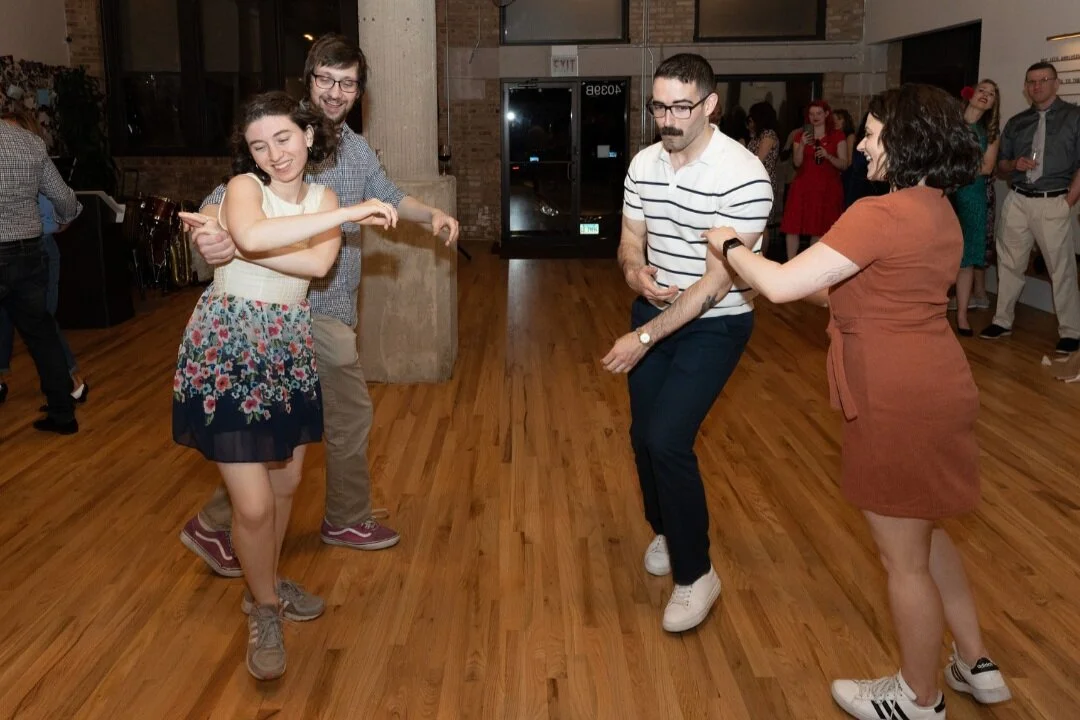Swing Dance at BDC
East Coast Swing, Lindy Hop, & West Coast Swing
Three styles, endless variations!
East Coast Swing
Back in the 1940s, East Coast Swing started showing up in dance studios across the United States. It's actually based on a popular social dance from that time called Lindy Hop. Our go-to swing class is all about social dancing like Single Swing, Hustle/Smooth Swing, East Coast Swing, and Charleston. We like to use the term "swing" because our aim is to teach you how to bust a move to any kind of music you hear out there in the world, not just your typical swing tunes. Bottom line, we're here to help you get super creative with movement and music, all with that sweet swing vibe.
Lindy Hop
The Lindy Hop was born in Harlem, way back in 1928. The name comes from Charles Lindbergh's "hop" from New York to Paris, which happened around the same time as the dance was getting started.
When you dance the Lindy Hop, you're in for a good time. Think swing, jazz, and just pure joy all rolled into one dance. It's all about getting low, bouncing around, and keeping up that energy. You can even throw in some spins and twists if you're feeling extra. And of course, you'll be jamming out to some swinging tunes too.
West Coast Swing
The West Coast Swing is the cooler, younger brother of the East Coast Swing that was developed in California in the late 1930s. Traditionally, it was danced to blues and R&B but now dancers use all sorts of contemporary music, including hip-hop. The cool thing about this dance is that it involves an elasticity between dancers, which is created by extending and compressing between partners. Unlike other swing dances that are rotational in nature, West Coast is a slot dance where the leader and follower move back and forth along a narrow rectangular area.

